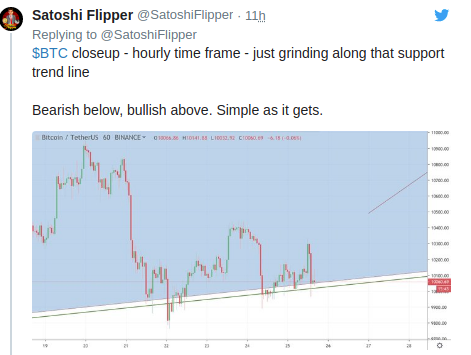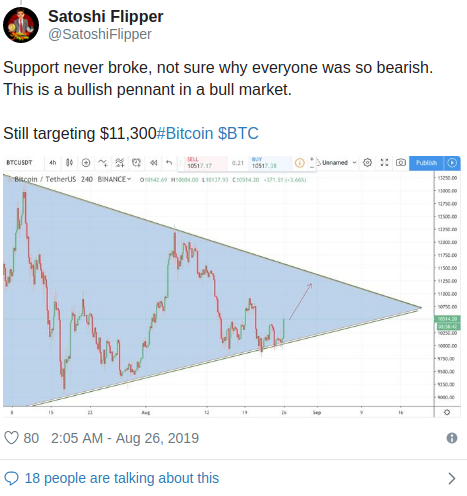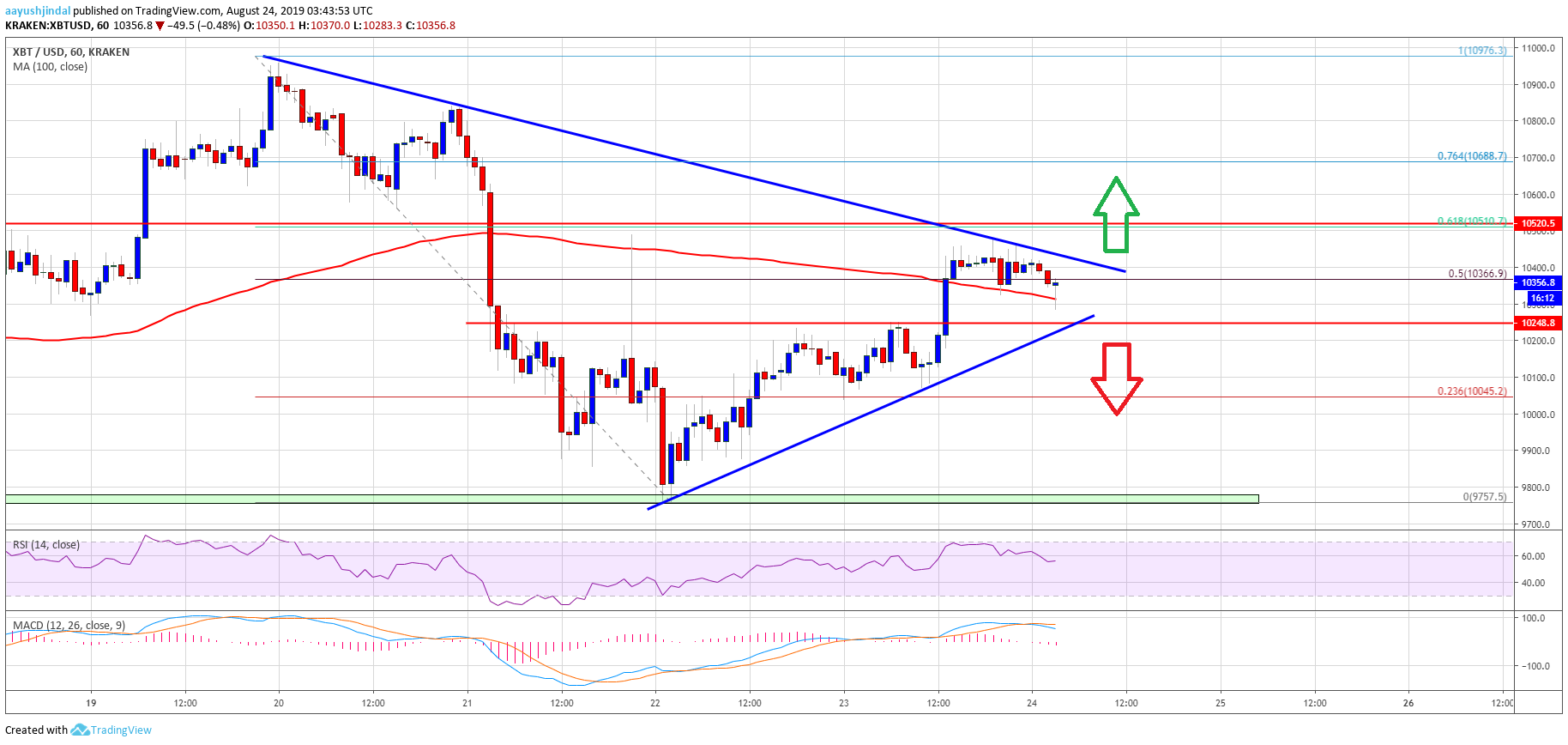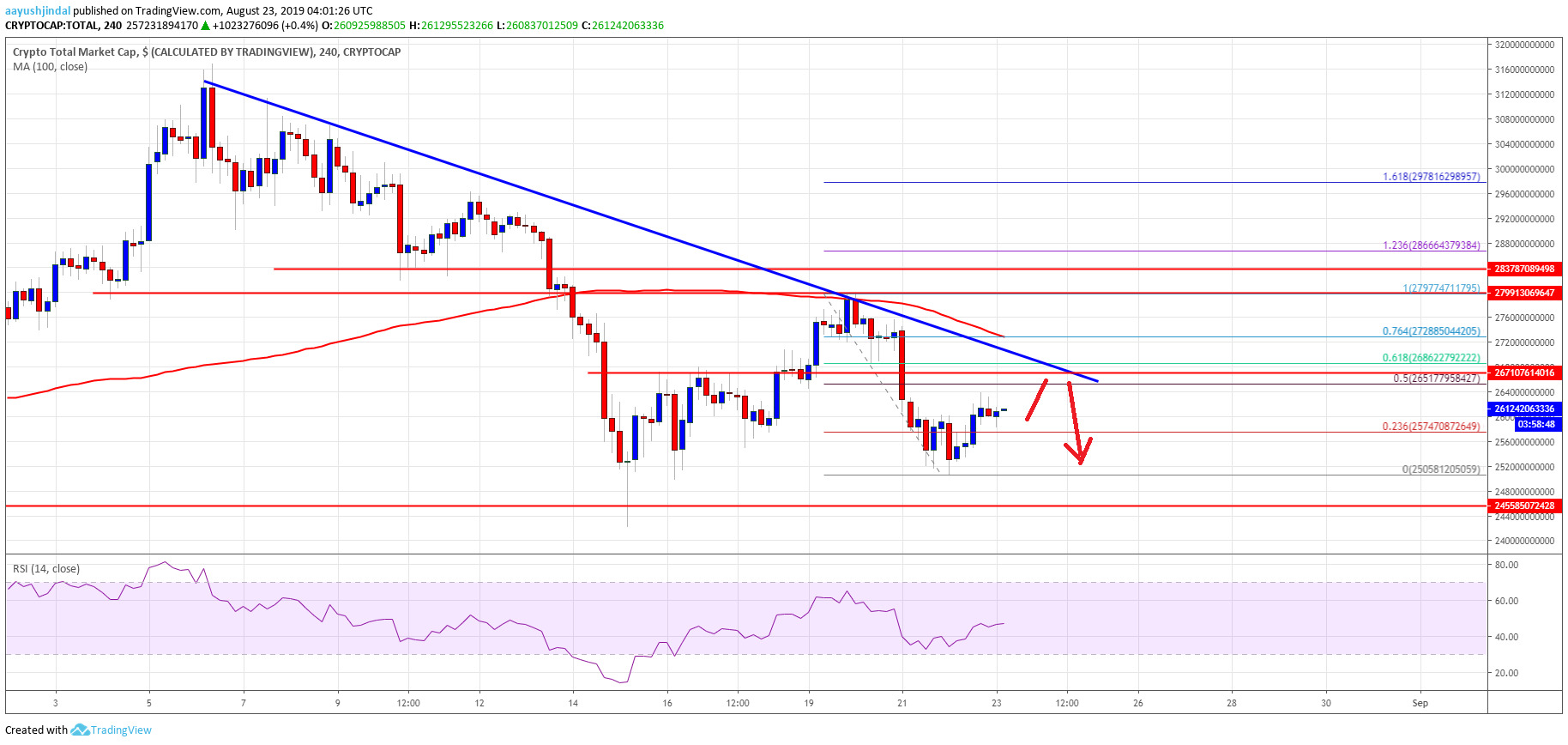 Potential risk to the human population
Potential risk to the human population
Global quantity and weight of floating plastics, lacking data
Microplastics often cannot be seen with naked eye
Billions of people are drinking water contaminated with plastic particles
The Solution
Hazardous Waste has the potential to slowly kill humanity
Prior to 1970, all food products were either sold individually, packaged in paper or in reusable returnable glass bottles or glass jars, packed in cartons, and cans. Disposable plastic packaging was still unknown at the time and came into existence in the late 1960’s, after the Rockefeller bloodline family wanted more and alternative applications for the by-products of their oil imperium. The beginning stages of the invention of plastic does however date back to the 1930’s. Today, plastics have become universal in use for the manufacturing of everyday products and all kinds of packaging materials.
Originally, the decision was made to create plastic containers for the food processing industry after WW2, the production of which the bloodline families also had worldwide control. Almost at once plastic packaging applications were sprouting up everywhere in the early 1970s. Though it probably wasn’t the original intention to cause pollution, this enormous scale of waste isn’t by accident, but rather by design. The largest global market sector for plastic materials is for packaging designed for immediate disposal. Fortunately, some plastic waste is recycled but mainly in the west and not very much in developing countries.
Now, fifty years later, plastic pollution is globally dispersed across all oceans due to plastic’s characteristics of abundance and durability. In the meantime, a concentration of toxicants is spreading throughout the environment. This has led some researchers to claim that synthetic polymers in the oceans should be regarded as hazardous waste. Through photo degradation and other weathering processes, plastic fragments contaminate the oceans in the form of tiny particles.
Potential risk to human populations
These tiny plastic pieces are called Microplastics and Microbeads, both of which are polluting the world’s oceans in a vastly greater capacity than previously estimated, according to recently conducted research. Microplastic and Microbead contamination of the oceans is one of the world’s most pressing environmental concerns. The terrestrial component of the global microplastic accounts is not well understood because sources, stores and changes are poorly quantified, says Rachel Hurley from the University of Manchester;
“Given their pervasive and persistent nature, Microplastics have become a global environmental concern and a potential risk to human populations.”
The report also reveals that major floods flushed more than 40 billion particles of microplastics into the sea. The surge of such a vast amount of microplastics led the scientists to conclude that the current estimate for the number of particles in the ocean – five trillion – is a major underestimation.
Microplastics generally refer to plastic particles between 0.33 mm and 5 mm in size. Microplastics can originate from a variety of sources including, microbeads from personal care products; fibres from synthetic clothing; pre-production pellets and powders; and fragments degraded from larger plastic products.
Microplastics, constituting pieces of plastic smaller than 5 millimetres, enter the environment through the defragmentation of larger pieces of plastic that have been disposed of in the environment, or directly as microbeads through things like synthetic fibres from clothes or disposable outerwear.
Unfortunately, many of the world’s coastal countries currently do not have recycling policies, nor the technical capabilities to deal with this menace, so large quantities of plastic are not recycled, but are rather dumped in landfills. The durable property of plastic makes it persistent and slow to degrade in the environment, and ultimately non-recycled plastics on land and in our rivers, are left to work their way into the oceans.
Plastic waste is a global problem; as large quantities can travel far distances. Waste from one place can become an issue in a region geographically distant from the original source, due to the oceans’ powerful currents.
Plastic ocean pollution has become synonymous with microplastic pollution. Typically, less than 5 mm in size, microplastics can be eroded to particles as small as 1–100 nm particles– nanoplastics. Using modelling tools, it was estimated that a total of 15–51 trillion microplastic particles have accumulated in the oceans. Some start out as large plastic pieces, slowly being eroded by water; others start off as microplastics specifically produced for certain uses, e.g. microbeads in cosmetic products such as face wash, soaps and shower creams. Microbeads are stable and versatile particulates but after they have been washed down the drain, they have been found to evade filtration systems at water treatment plants and are discharged directly into the oceans. It seems impossible to completely eliminate the microplastic problem. Fragments have also been detected in seafood sold for human consumption, such as mussels, oysters and sea salt. It has been estimated that the average European shellfish consumer could ingest up to 11,000 microplastic particles per year, in China it is probably of a vastly greater magnitude!
Global quantity and weight of floating plastics lacking data
The volume of plastic pollution, largely originating from products such as food and drink packaging and clothing, was calculated from data taken from 24 expeditions over a six-year period from 2007 to 2013. The research, published in the journal PLOS One, is the first study to look at plastics of all sizes in the world’s oceans. Plastic pollution is omnipresent throughout the marine environment, yet estimates of the global quantity and weight of floating plastics are lacking hard data, particularly from the Southern Hemisphere and remote regions.
The scale of this issue is massive. In one study, it was estimated that of the 275 million tonnes of plastic waste generated by 192 countries in 2010, about 4.8–12.7 million tonnes probably landed up in the ocean. That’s a serious amount in just one year. The plastic, consisting of various shapes and sizes, ends up on beaches and in the oceans from various sources: large items such as discarded fishing equipment or items from shipping containers are lost into the sea directly, whereas other discarded items can get washed into the seas from rivers. Similarly, inadequately managed land-based plastic waste from countries with extensive coastlines can easily end up in the oceans.
Microplastics often cannot be seen with naked eye
Microplastics are small pieces of plastic material that is found in the marine environment and on our beaches and shorelines. Some of these particles are so small that they cannot be seen with the naked eye. Others often blend in with the sand and organic material found on beaches, making them hard to spot. For this reason, they are not picked up by water filtration and make it out into rivers and oceans.
Microplastics include broken-down plastic waste, synthetic fibres and beads found in personal hygiene products. They are known to harm marine life, which mistake them for food, and can be consumed by humans too via seafood, tap water or other foods, like honey and sugar, the assertion of which was proven due to samples taken in Germany, France, Italy, Spain and Mexico.
Dr Anne Marie Mahon at the Galway-Mayo Institute of Technology, who conducted Microplastic research, said there were two principal concerns: very small plastic particles and the chemicals or pathogens that microplastics can harbour.
“If the fibres are there, it is possible that the nanoparticles are there too that we can’t measure,” she said. “Once they are in the nanometre range they can really penetrate a cell and that means they can penetrate organs, and that would be worrying.” The Orb analyses caught particles of more than 2.5 microns in size, 2,500 times bigger than a nanometre. Microplastics can attract bacteria found in sewage, Mahon said: “Some studies have shown there are more harmful pathogens on microplastics downstream of wastewater treatment plants.”
The risk to people is still not known, but there are concerns that microplastics can accumulate toxic chemicals and that the tiniest of particles could be invading the human bloodstream. Plastics are already nestling inside our body.
Billions of people globally are drinking water contaminated by plastic particles
Since microplastic contamination has been found in tap water in countries around the world, leading to calls from scientists for urgent research into the implications for health. Scores of tap water samples from more than a dozen nations were analysed by scientists. Overall, 83% of the samples were contaminated with plastic fibres. These microscopic plastic fibres were present in the water flowing from faucets from New York to New Delhi, according to Orb’s exclusive research and a researcher from the School of Public Health at the University of Minnesota. From the halls of the US Capitol to the shores of Lake Victoria in Uganda, women, children, men and babies are drinking plastic particles with every glass of water. More than 80 percent of the samples collected in five continents tested positive for the presence of plastic fibres.
Plastic is an essential raw material. In 2012, the plastics industry accounted for more than 1.4 million jobs in over 62,000 companies across the European Union. As useful and versatile as plastics are, however, their unchecked disposal on an unprecedented scale is resulting in significant global impacts on wildlife, from marine environment pollution. Microplastics are particularly problematic, and as the life cycle comes full circle, it is feared that they could have adverse impacts on human health too.
Another emerging source of marine microplastics from household wastewater is microfibres from clothing when being washed. Microfibers are 1/100th the diameter of a human hair and are used for better waterproofing, breathability and flexibility in sportswear. The most common types of microfibers are made from polyesters and polyamides, and according to researchers, the number of leaked microfibers in wastewater could be as many as 1900 fibres per garment.
The smallest particles that could be analysed in the new research were 63 microns, roughly the width of a human hair. But much smaller plastic particles exist, and as Hurley said: “It is the really small stuff we get worried about, as they can get through the membranes in the gut and into the bloodstream – that is the real fear.”
Although it is relatively easy to develop policies and bans for microbeads and microfibers, these sources are just a drop in the ocean in terms of tonnage.
Instead, poor land-based waste management practices are seen by the United Nations as the major source of marine microplastics pollution and given the nature of the oceans’ geography, the issue is a global and multifaceted problem. Tests with 83% of samples found to be polluted, show billions of people globally are drinking water contaminated by plastic particles.
The Solution
Because, the facts are so obviously harmful to humanity and are for everyone easily to understand. Just keep in mind; together we the people are producing a lot of unnecessary plastic that is ending up in our ecosystems, and rapidly destroying our environment.
The solution is simple and adequate; boycott all products packed in a single-use plastic enclosing. The next step in this process urgently to be undertaken is the removal of almost all single-use plastic packaging, by only supporting companies that are removing plastic containers.
Take immediately personally the first step by sharing this article with everyone you know. The next best thing to do is to subscribing free of charge to this blog, as on a weekly basis more will be follow.
David

 Potential risk to the human population
Potential risk to the human population









